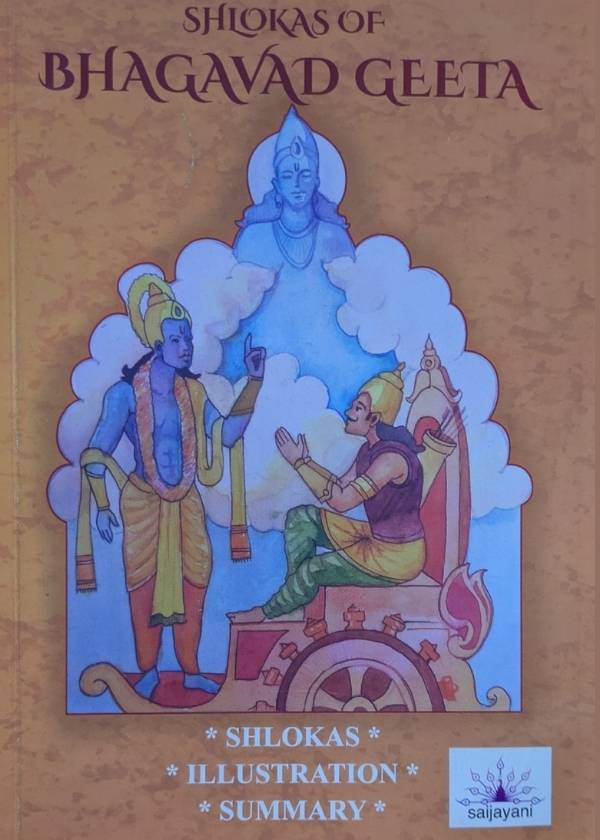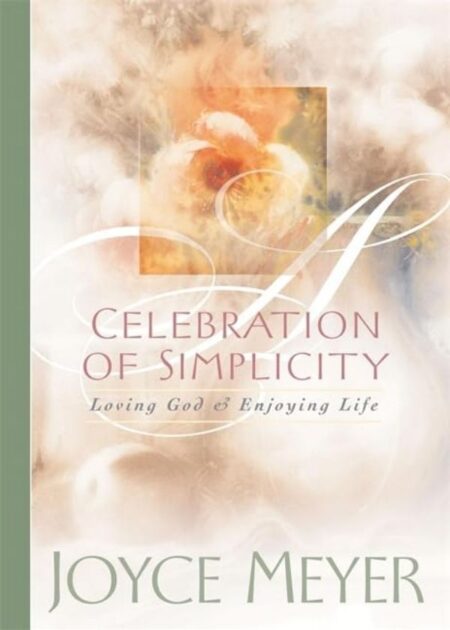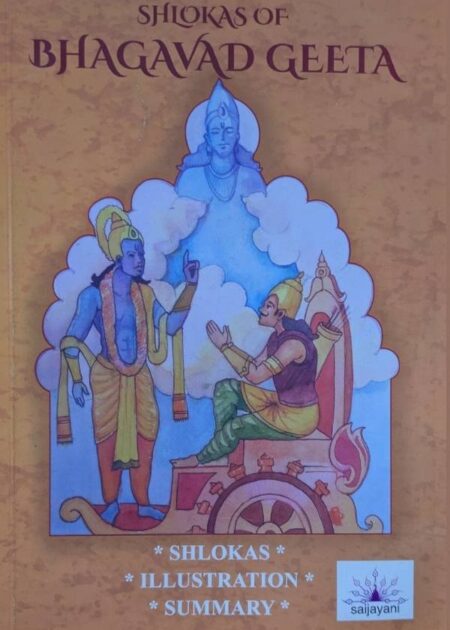Description
The Bhagavad Gita is a sacred Hindu scripture that consists of 700 verses, or shlokas, across 18 chapters. It is a philosophical dialogue between the warrior Arjuna and his charioteer, Lord Krishna, on the battlefield of Kurukshetra. These verses, written in Sanskrit, are a part of the epic Mahabharata.
Significance and Structure
The shlokas of the Bhagavad Gita provide spiritual guidance on various aspects of life, offering paths to self-realization and inner peace. The 18 chapters are divided into three sections of six chapters each:
- The first six chapters focus on the individual soul and different types of yoga, with an emphasis on karma yoga (the path of selfless action).
- The middle six chapters describe the Supreme Personality of Godhead, Lord Krishna, and the relationship between the individual and the divine.
- The final six chapters focus on the concepts of devotion, renunciation, and liberation.
One of the most famous shlokas is from Chapter 2, Verse 47: “Karmaṇyevādhikāraste mā phaleṣu kadācana.” This verse teaches the importance of performing one’s duty without being attached to the results.







